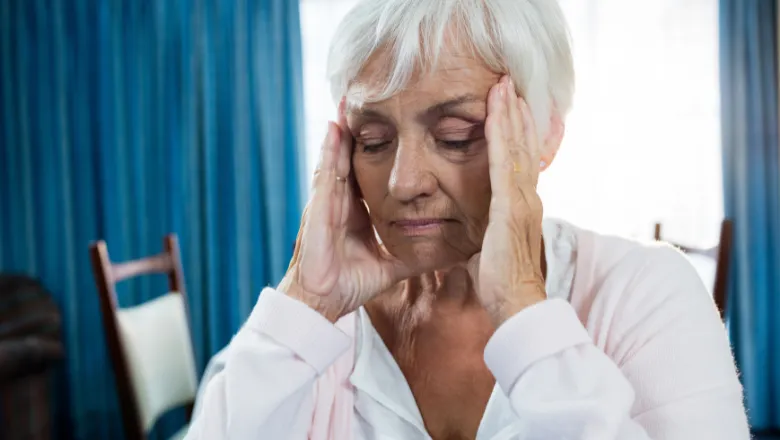Pain in PD is often overlooked clinically despite the impact it has on the quality of life of people with PD worldwide. To our knowledge, this is the first study aimed to connect preclinical research with pathology seen in samples from people with PD to elucidate mechanisms involved.
Dr Yazead Buhidma, formerly of King's IoPPN and now of University College London
26 April 2023
Mechanisms underlying chronic pain in Parkinson's disease identified
Scientists from the Institute of Psychiatry, Psychology & Neuroscience (IoPPN) at King's College London reported distinct pathological mechanisms behind two chronic pain types in Parkinson’s disease, revealing new targets for effective pain treatments.

New research out today in NPJ Parkinson’s Disease found that two major chronic pain types in Parkinson’s disease, spontaneous pain and hypersensitivity, are caused by different central nervous system pathologies. This is the first study to identify and distinguish the mechanisms of these major symptoms, identifying candidates for targeted pain treatments.
Parkinson’s disease (PD) is a condition in which parts of the brain become progressively damaged over many years. The main symptoms of PD are motor-related – involuntary tremor, slow movement, and stiff inflexible muscles. These symptoms are caused by the loss of nerve cells, or neurons, in part of the brain called the substantia nigra, which leads to a reduction in the brain chemical, dopamine, which is required for movement.
Other than motor symptoms, more than half the individuals with PD experience chronic pain that significantly impacts their life quality. The pain is categorised into spontaneous pain associated with PD (SPPD) or hypersensitivity (a reduced pain threshold). Individuals with PD may experience one or both types of pain.
As the mechanisms underlying pain in PD are still poorly understood, pain is commonly treated by increasing physical activities, taking over-the-counter painkillers or taking complementary therapies, but these are not very effective.
Scientists from the IoPPN used a well-established PD animal model, the 6-hydroxydopamine (6-OHDA) lesioned rat model, to examine the mechanisms contributing to the chronic pain.
They discovered loss of dopamine-producing neurons in a brain area called the periaqueductal grey (PAG) which is a key brain area for pain processing. This dysregulation of dopamine transmission causes disruption in the brain circuitry that leads to hypersensitivity.
Furthermore, they determined that a specific dopamine receptor subtype in the PAG area was involved, namely the DRD5 receptor. When they activated these receptors with pharmacological intervention, they successfully reinstated dopamine transmission and alleviated hypersensitivity. This pathology was also confirmed in human tissue specimens, putting forward a strong case for a specific treatment targeting the DRD5 receptors in the PAG area.
The changes, however, do not explain the mechanisms behind spontaneous pain associated with PD (SPPD). Further investigation in the human spinal cord samples identified two key pathologies in those PD cases with SPPD: an increase in activated microglia (brain immune cells) and an increase in early forms of α-synuclein oligomers, the toxic type of protein seen in PD.
The scientists deduce that these pathologies initiate an inflammatory response that facilitates pain signalling and results in SPPD. These findings suggest that future treatments could include novel anti-inflammatory drugs.
Our findings have shed important light on what contributes to chronic pain in Parkinson’s disease. We hope that our discoveries will help change the course of pain treatment for people living with this debilitating condition.
Professor Susan Duty, the lead scientist on this project from King's IoPPN
Periaqueductal grey and spinal cord pathology contribute to pain in Parkinson’s disease (Yazead Buhidma, Carl Hobbs, Marzia Malcangio and Susan Duty) was published in NPJ Parkinson’s Disease 2023 (DOI 10.1038/s41531-023-00510-3).
For more information, please contact Annora Thoeng (School of Neuroscience Senior Communications and Engagement Officer).


